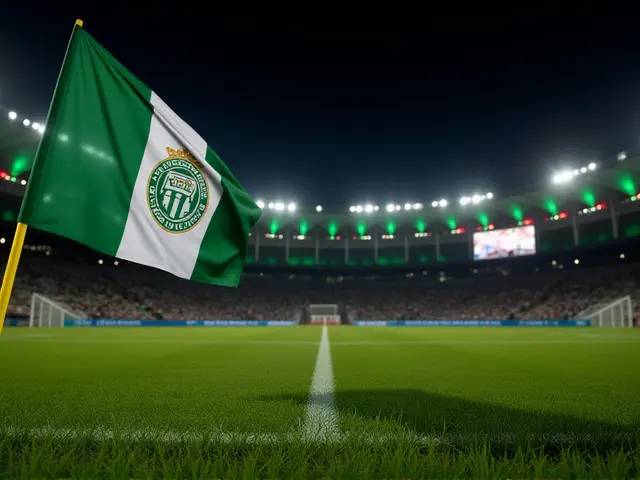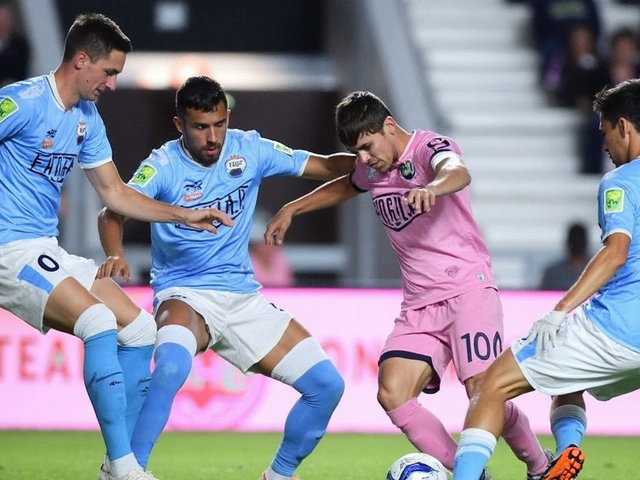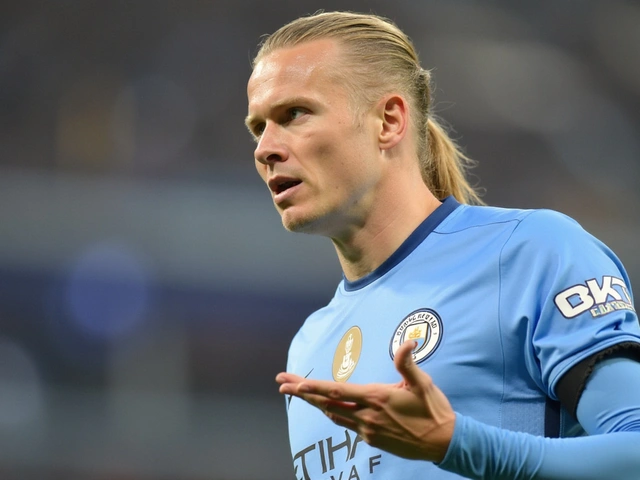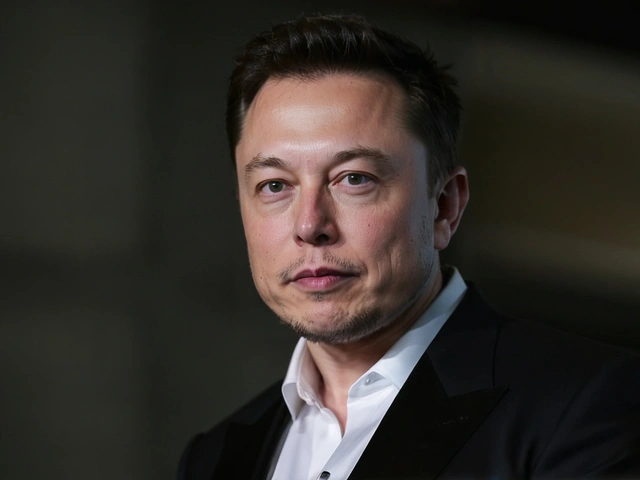UEFA Nations League Explained: What You Need to Know
Ever wonder why the UEFA Nations League has become a big talk in European football? It’s more than a series of friendlies – it’s a competition that gives national teams a real purpose and fans something exciting to watch. Below we break down the basics, the current format, and how you can keep up with every game.
How the tournament is set up
The Nations League splits Europe’s 55 national teams into four leagues (A, B, C, D) based on their ranking. Each league has groups of three or four teams that play home‑and‑away matches. The group winners in League A compete for the title, while the bottom teams drop down a league for the next season. The top teams in lower leagues get promoted. This promotion‑relegation system keeps the stakes high for every match.
Each league also offers a pathway to major tournaments. For example, the best‑ranked Nations League teams that miss out on the Euro qualifiers can still grab a spot through a playoff. That means even a “smaller” nation has a real chance to qualify for a big tournament.
Key fixtures and when to watch
The Nations League runs in three windows: September, October and June. September and October host the group stage, while June sees the finals of League A – the semifinals, third‑place match and the final. Mark your calendar for the June dates; they’re the most high‑profile games with the title on the line.
To stay on top of the schedule, use the official UEFA app or follow their social channels. They push live scores, line‑ups and highlights. If you prefer a TV guide, most matches are broadcast on regional sports networks, and many streams are free on UEFA’s own platform.
Fans love the Nations League because it reduces the number of boring friendlies and adds promotion drama. A team in League B can fight for a spot in League A, which means tougher opponents and bigger exposure next season. Conversely, a heavy loss can send a team down, making every point count.
For casual viewers, focusing on the finals in June gives you the best showcase of European talent. The semifinals pit the top four teams against each other, and the final decides the champion. Even if you’re not a football fanatic, the knockout atmosphere feels like a mini‑World Cup.
Want to dive deeper? Check out UEFA’s stats page for each match – you’ll see possession, shots on target, and player ratings. It’s a quick way to spot emerging stars or teams that are improving fast.
In short, the UEFA Nations League offers meaningful competition, a clear path to bigger tournaments, and plenty of action throughout the year. Keep an eye on the group stage in September and October, then gear up for the June finals to catch the biggest moments. Happy watching!

Hungary vs Netherlands: How to Watch UEFA Nations League A 2025 Clash Live
Hungary is set to face the Netherlands in a crucial UEFA Nations League A Group 3 match. The encounter will take place at Puskas Arena in Budapest on October 12, 2024. With Hungary in search of their first victory and the Netherlands striving to outpace Germany in the group, fans can expect an exhilarating showdown. The match will be broadcast on the Sony Sports Network and available for live streaming on SonyLIV.
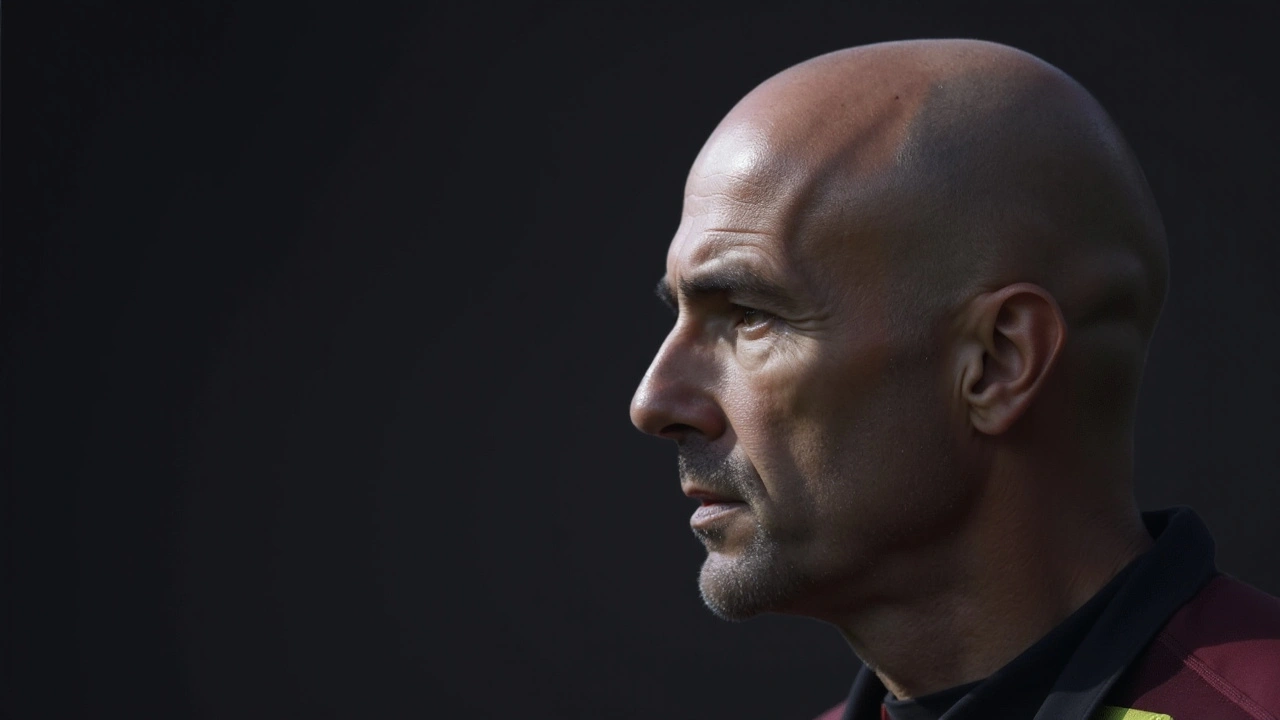
England's Unexpected Loss to Greece at UEFA Nations League: A Historic 2-1 Defeat
England suffered an unexpected 2-1 defeat to Greece during the UEFA Nations League, marking Greece's first win over England in history. The key moment came in second-half stoppage time when Vangelis Pavlidis capitalized on a defensive error to score the winning goal. Despite Jude Bellingham leveling the score minutes earlier, mistakes and missed opportunities cost England the match.
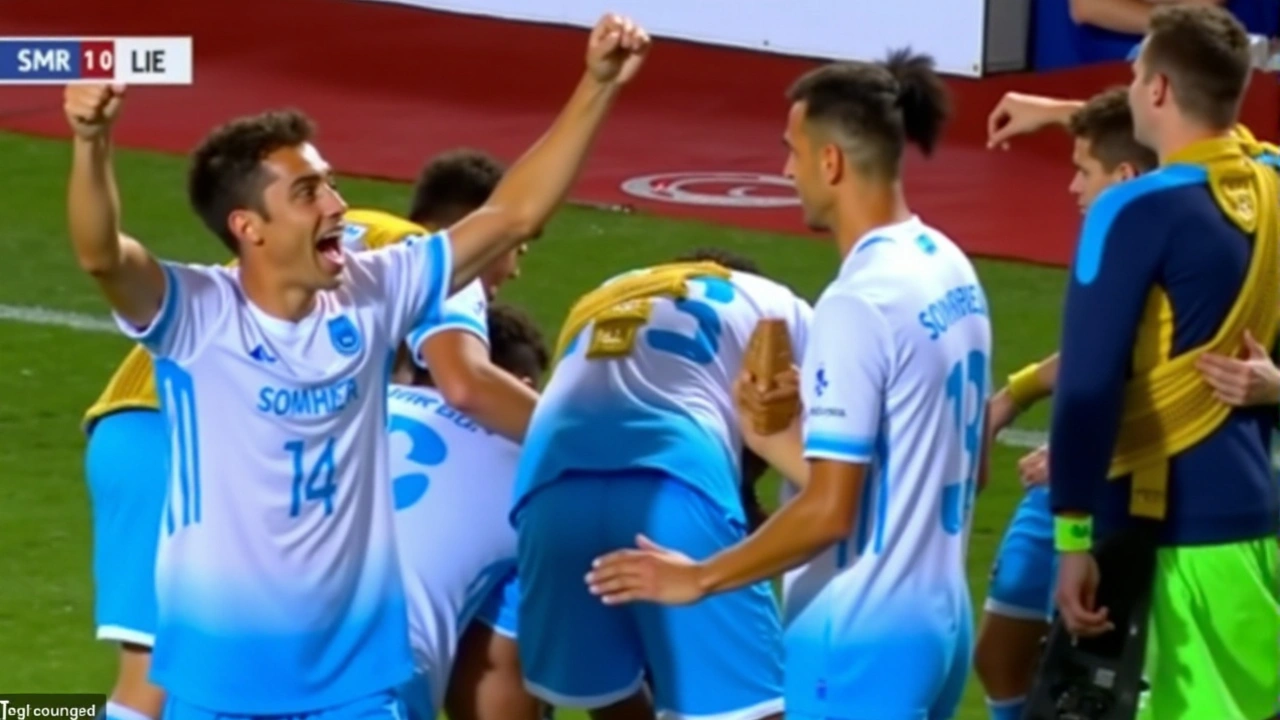
San Marino Shatters a 20-Year Wait for Competitive Win by Beating Liechtenstein 1-0
San Marino has secured a historic victory by defeating Liechtenstein 1-0, ending a 20-year wait for a competitive win. Nicko Sensoli scored the decisive goal in a UEFA Nations League match, leading San Marino to their first international triumph since 2004. The win has elevated team spirit and placed San Marino at the top of their group.
